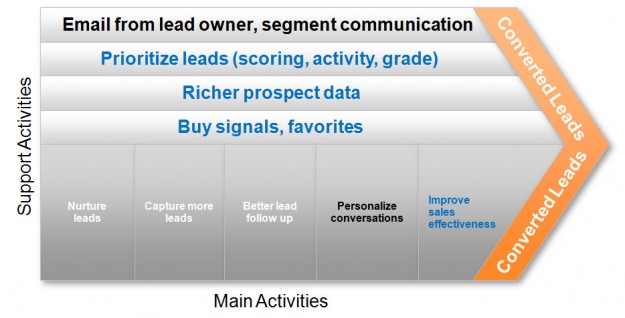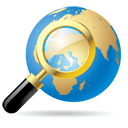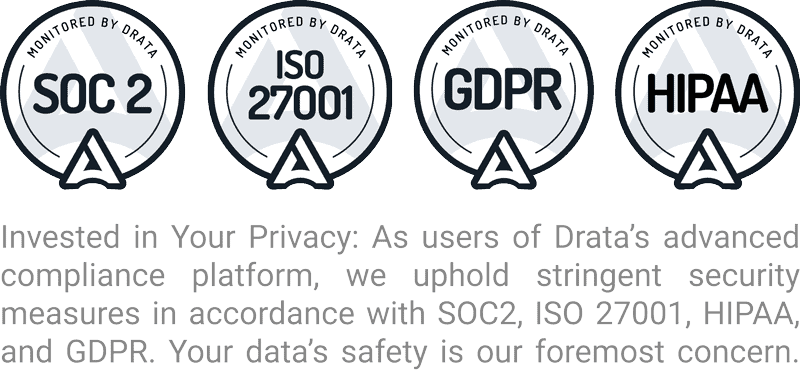Guaranteed Lead Proliferation Using Sales 2.0
 For those who desire cutting-edge sales techniques for turning warm leads into constant streams of B2B sales traffic, current Web 2.0 technologies and normal sales stratagems collide head first into lead proliferation principles using Sales 2.0. This incredible art of social selling and collaboration opportunity, which every marketing professional has been seeking for years, has come in handy when B2B lead generation schemes have tightened down over the past decade. Since many businesses spend hours online researching products and services which you offer, socialization seems to make sense when trying to push leads through funnels ready to close sales indefinitely. Here’s how increases in sales flow comes with Sales 2.0.
For those who desire cutting-edge sales techniques for turning warm leads into constant streams of B2B sales traffic, current Web 2.0 technologies and normal sales stratagems collide head first into lead proliferation principles using Sales 2.0. This incredible art of social selling and collaboration opportunity, which every marketing professional has been seeking for years, has come in handy when B2B lead generation schemes have tightened down over the past decade. Since many businesses spend hours online researching products and services which you offer, socialization seems to make sense when trying to push leads through funnels ready to close sales indefinitely. Here’s how increases in sales flow comes with Sales 2.0.
Changes Sales Strategy
Under normal circumstances, B2B lead calls open with who you are and what you offer; since Sales 2.0 has turned normally lengthy sales calls into more unique sales presentation opportunities, the need for introduction becomes moot since social media and Web 2.0 handle your ‘who you are’ for you. Focusing on how you can help B2B customers becomes the central focus instead of uncomfortable introductions which tend to throw off your sales balance. Overall, changes in sales strategy are formed through proliferation of social media channels and make your sales pitches even more fine-tuned than before. This increase in lead ‘security’ only gets better as time goes by and campaigns are refined.
Recent Metrics Show Us Hope
Since marketing professionals always seek the easiest road to sales closure, recent Sales 2.0 figures collected from various sources reveal just how powerful your campaigns can become when collaborating Web 2.0 with regular sales mediums. These stats show just how important Sales 2.0 is:
- B2B sales reps are 30% guaranteed to hit sales targets using competitive strategies
- Roughly 46% of sales professionals believe their pipeline accurately displays future B2B sales
- Over 51% of projected sales deals never close
- One in nearly five sales personnel emphasize the value of each product or service sold
- Sales 2.0 is nearly 40% more likely to attract new B2B leads than print advertisements
Making social media and old school bull-nosed sales tactics work for your business to business customer interactions simply makes sense for the future, and is the current reality in marketing nomenclature.
Getting Your Crew 2.0 Prepped
Many different advanced sales techniques are wrapped into Sales 2.0 packaging, especially when LinkedIn and advanced CRM communication devices are implemented daily. Imagine marketing through RSS while serving that particular feed into mobile devices; it gets that down and dirty. To adequately handle B2B sales at this level, specific preparations need to be made within your own sales crews, like:
- Understanding what business entities are active on your website although no forms were completed.
- Conjugating thought leadership properly and funneling organizational social media campaigns with hefty marketing incentives to create an aura of positive salesmanship.
- Supporting sales processes, nurturing leads which are aged and effectively communicating returned leads from sales departments so new marketing directives can be invocated.
Conclusion
Remember, the end result of any Sales 2.0 campaign strategy is having an effective manner of marketing professionals funneling leads into sales for closure. If closure isn’t within the realm of attainability, leads need to head back into marketing for reworking. Web 2.0 and your current sales strategies, when combined into one exponentially powerful system, will guarantee lead proliferation simply because Sales 2.0 cannot fail when every phase of marketing and sales are in complete syncopation with each other.



 Let’s dig deeper into the main activities. Here’s a short summary of how Lead Liaison’s Revenue Generation Software technology can help your business get more sales by focusing on five key areas: 5 Principles to Get More Sales
Let’s dig deeper into the main activities. Here’s a short summary of how Lead Liaison’s Revenue Generation Software technology can help your business get more sales by focusing on five key areas: 5 Principles to Get More Sales










